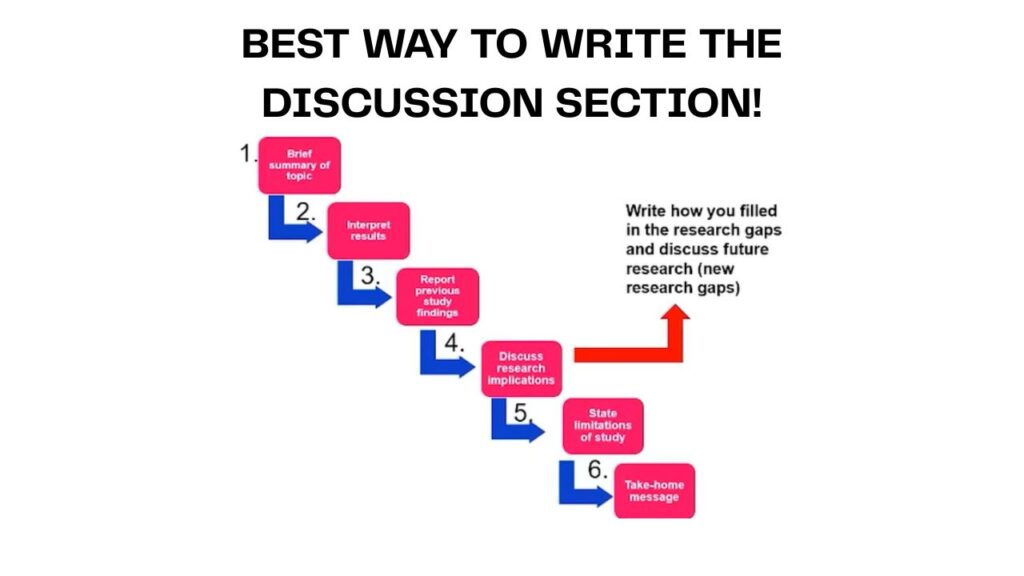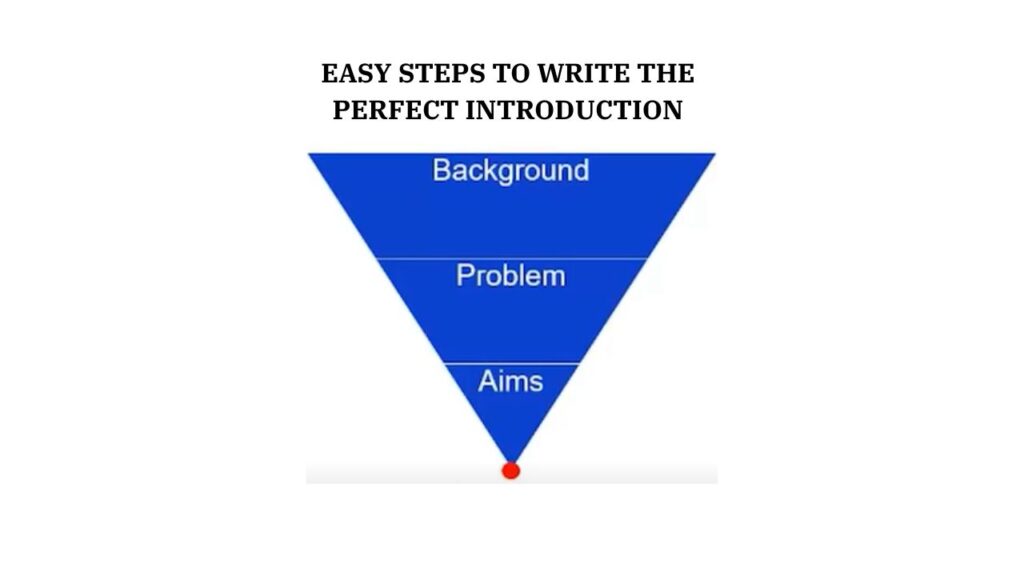Video: Peer Reviewer Breaks Down How Manuscripts Get Rejected!
Manuscript rejection is every researcher’s worst nightmare! And oftentimes, researchers believe that the peer review process failed them. But is that really the case? How much authority do peer reviewers hold in deciding the fate of a manuscript?
In short, not much. Peer reviewers only provide their feedback and recommendations, whereas the final decision always lies with the journal’s editorial board or the editor-in-chief. Peer reviewers are tasked with determining whether:
- the manuscript presents sound research,
- the novelty of the study is sufficiently highlighted in the paper,
- the findings of the study will be of significant interest to the scientific community.
Based on their assessment, they provide a recommendation to the journal’s editors, who then take the final call on whether the manuscript is suitable for publication, if it requires revisions before being accepted, or if it should be rejected.
Nevertheless, the fact that your paper was peer reviewed implies that your research was not desk rejected. In other words, your paper satisfied all the pre-checks, and the research was deemed worthy of review.
Watch this video to discover an expert’s take on the peer review process and how it influences manuscript rejection.








